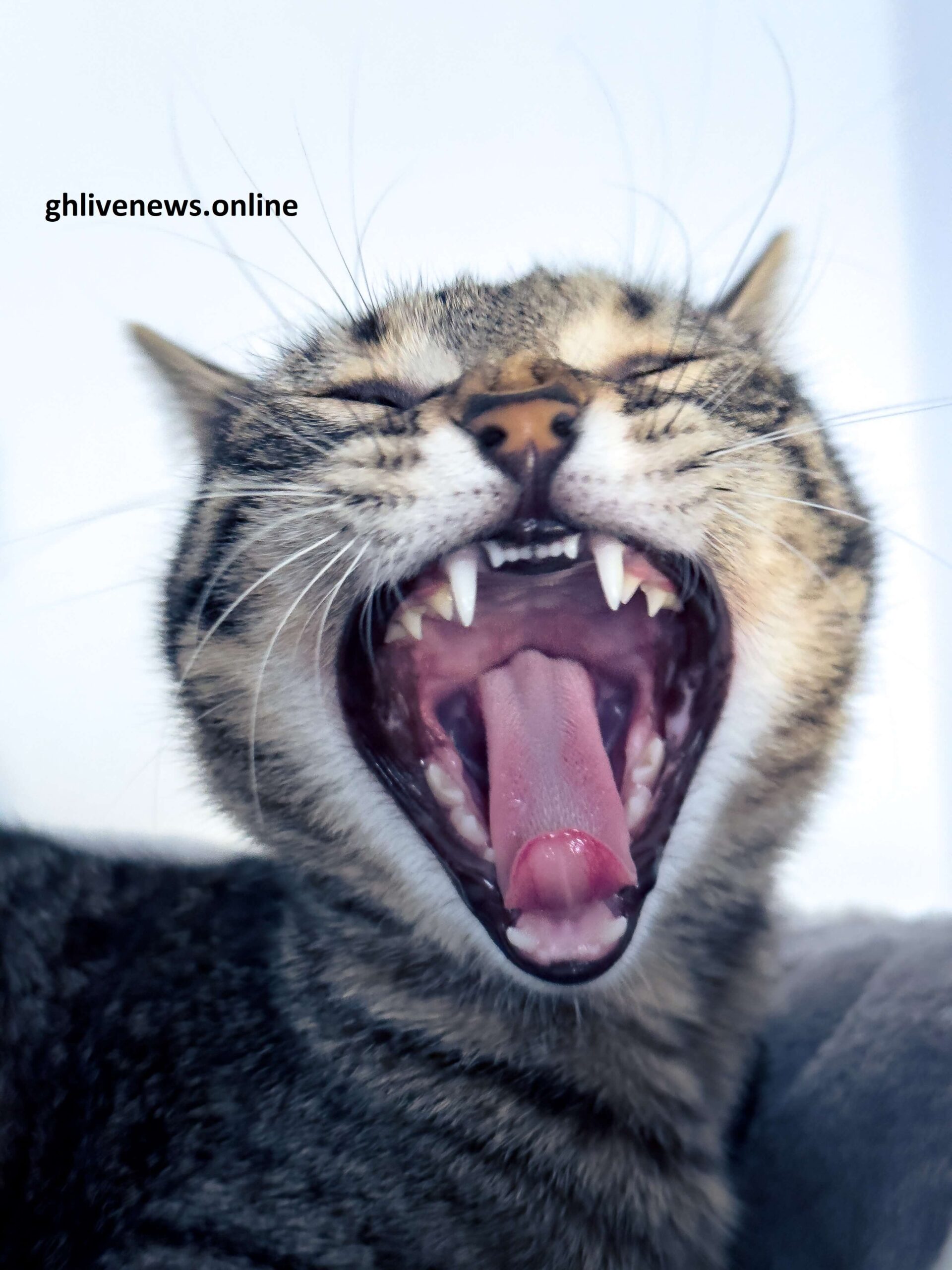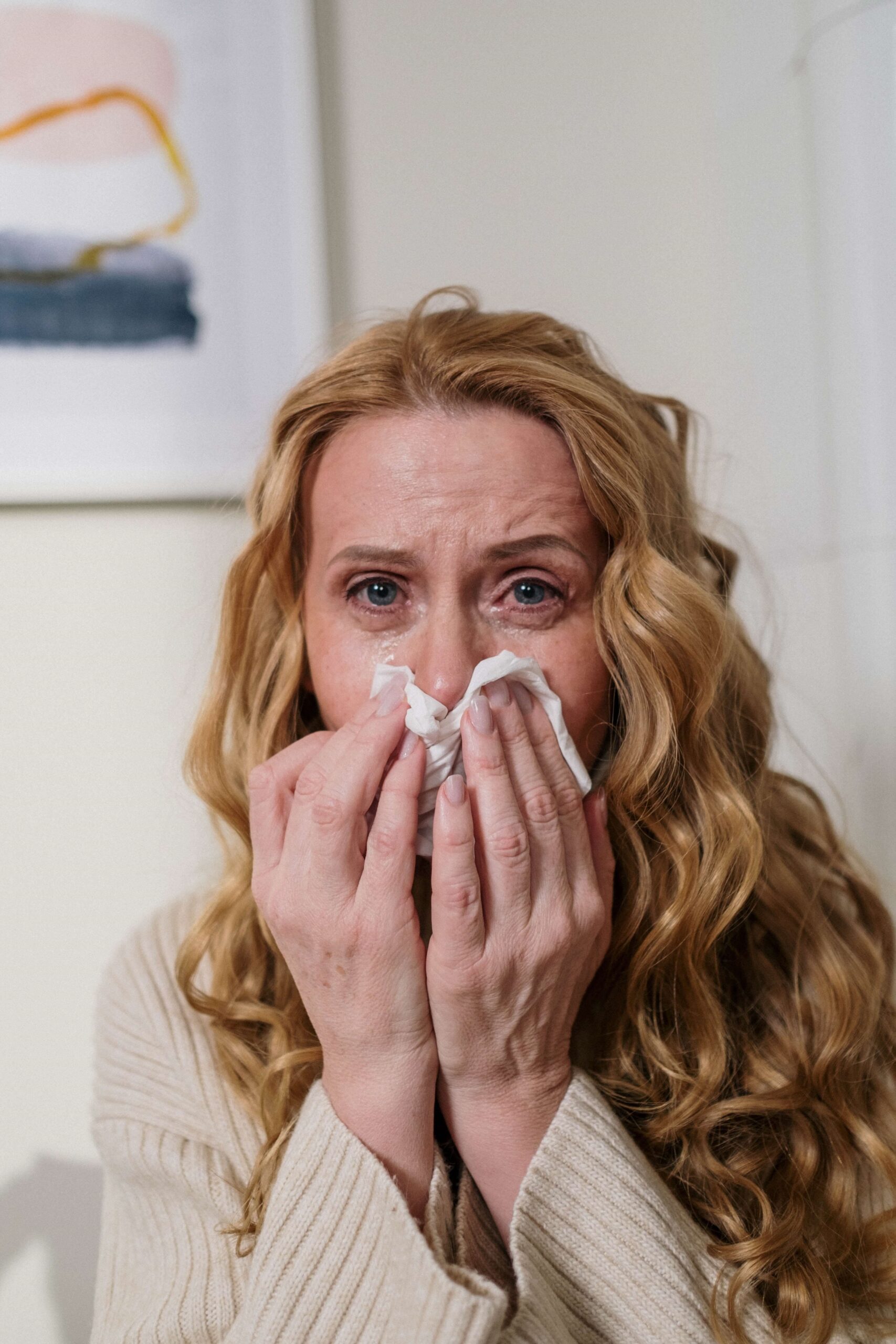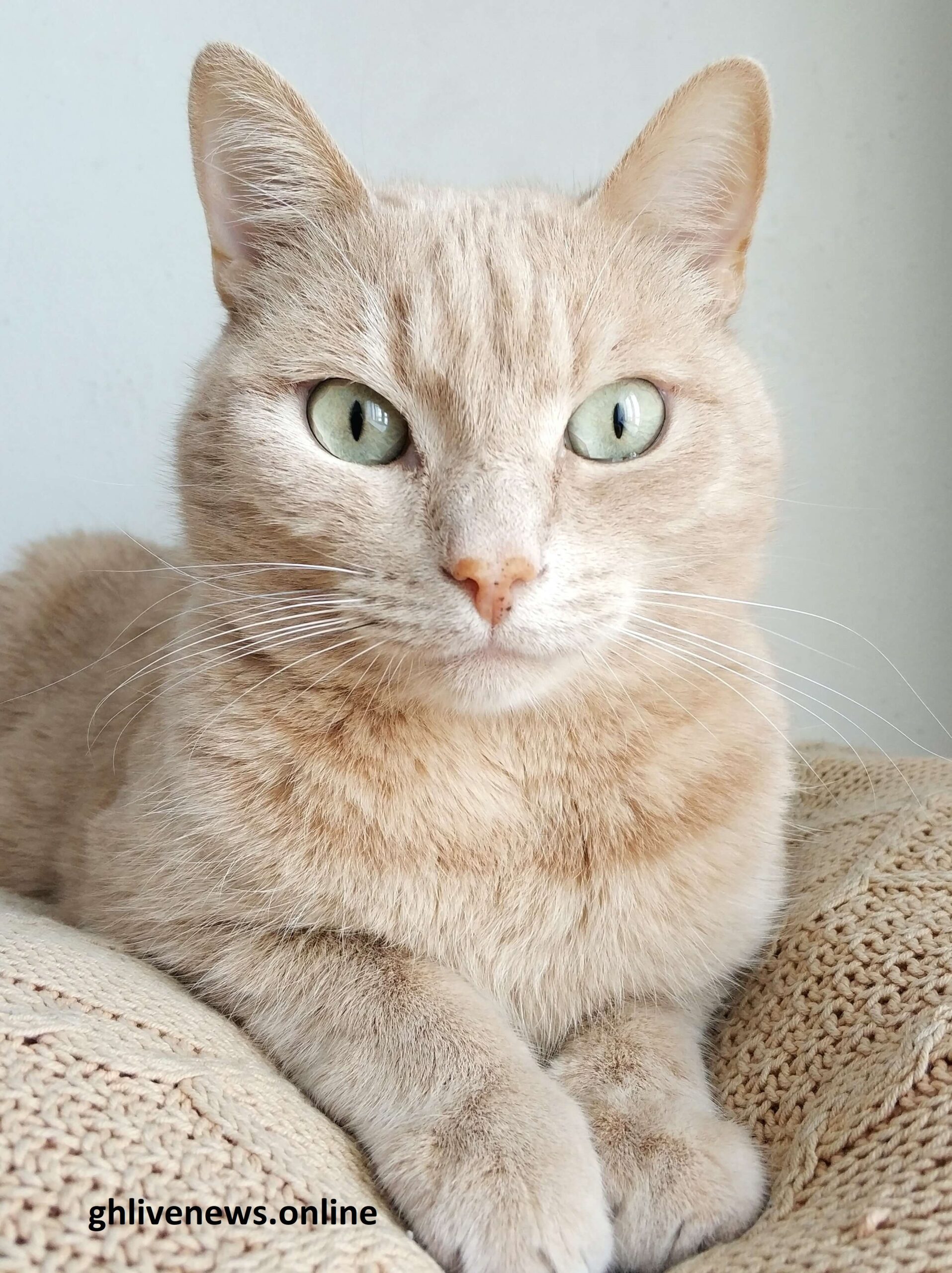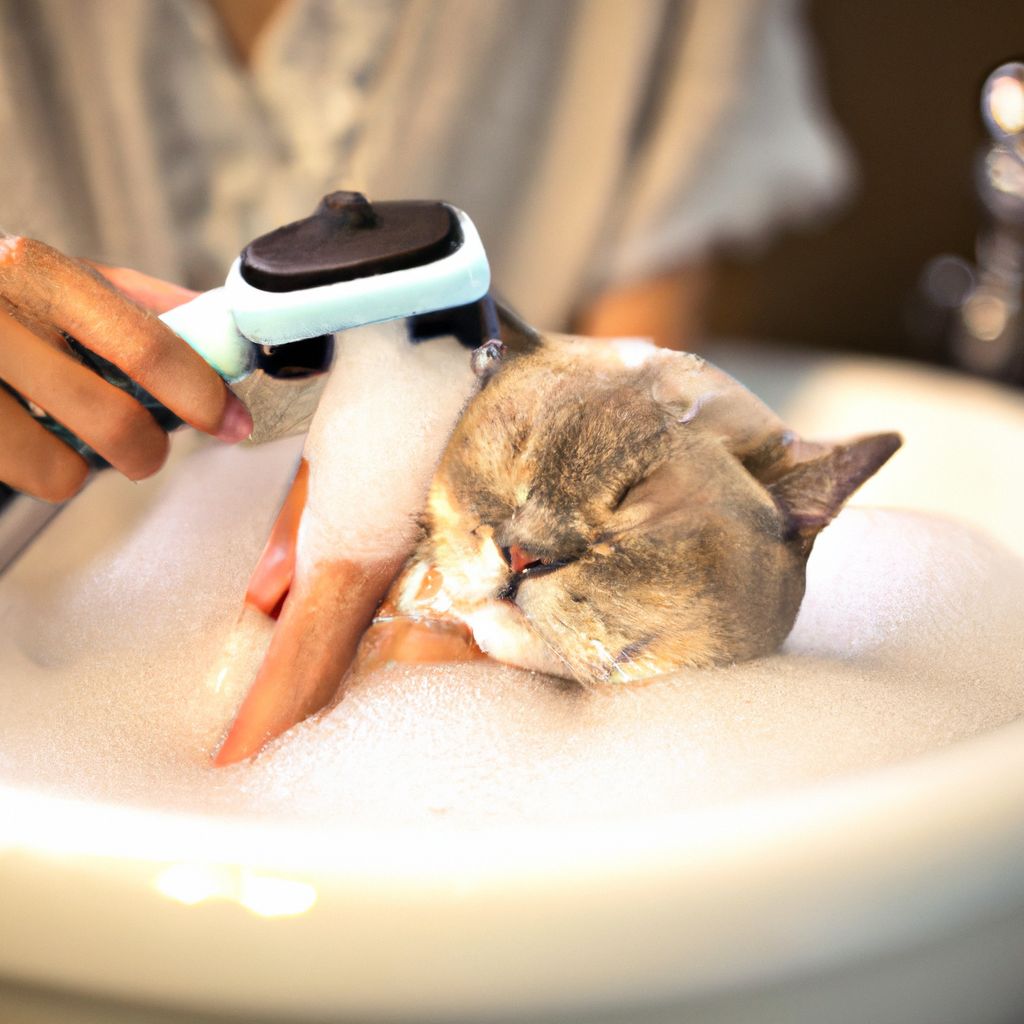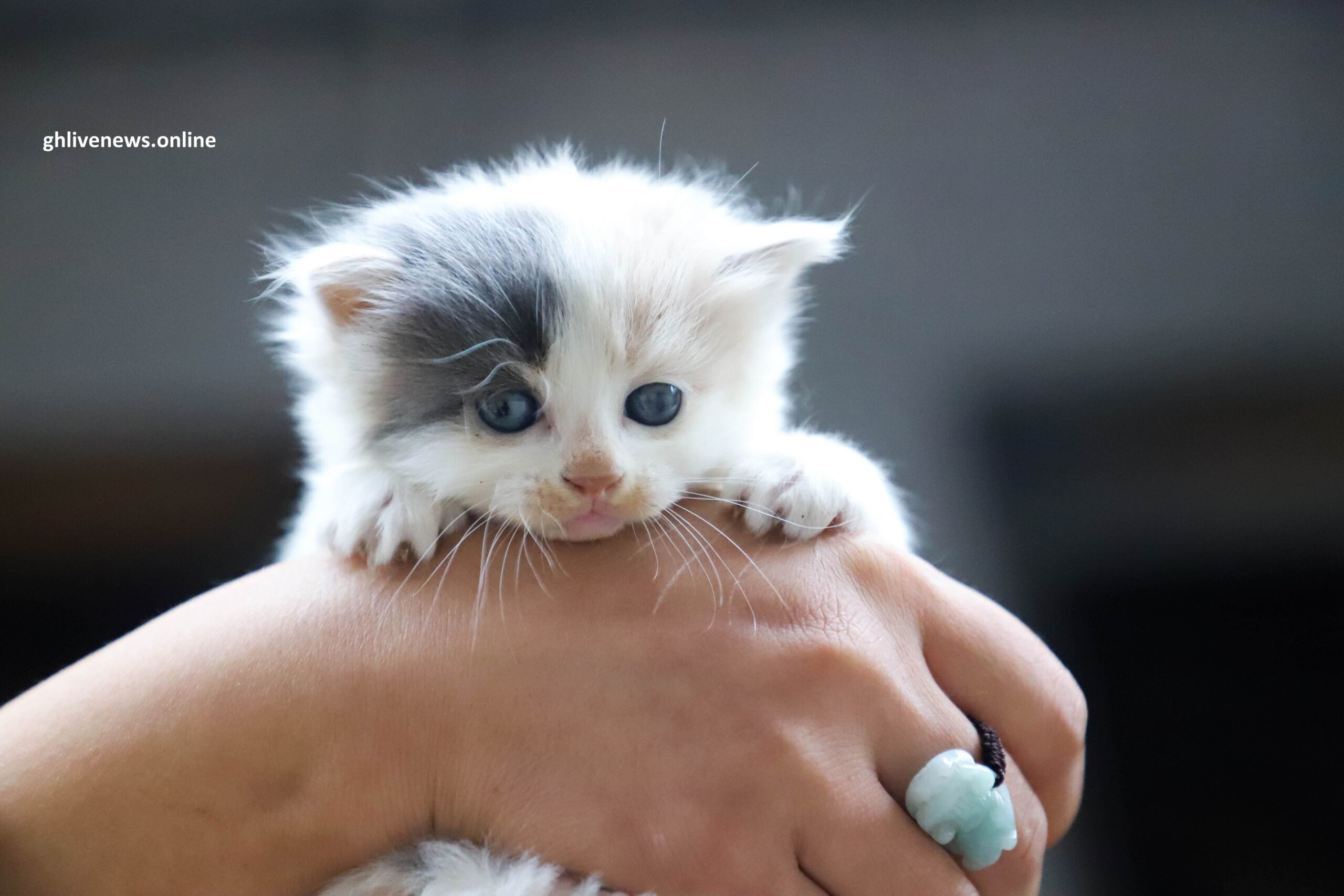How Long Do Pet Cats Live: A Comprehensive Guide
Introduction
Welcome to our comprehensive guide on the life expectancy of pet cats. As a trusted source of information, we aim to provide you with accurate and detailed insights into the factors that influence the lifespan of cats. Understanding the longevity of your feline companion is essential for responsible pet ownership. In this guide, we will delve into various aspects that contribute to a cat’s lifespan, including genetics, diet, environment, and healthcare.
Factors Affecting a Cat’s Life Expectancy
1. Genetics
Genetics play a significant role in determining the lifespan of a cat. Different cat breeds have distinct genetic characteristics that can influence their longevity. Some breeds are prone to specific health conditions that may shorten their lifespan, while others are genetically predisposed to live longer. However, it’s important to note that genetics alone do not dictate the lifespan of a cat, as other factors also come into play.
2. Diet and Nutrition
Proper nutrition is vital for maintaining a cat’s overall health and increasing their life expectancy. A well-balanced diet that meets their specific nutritional requirements is essential. Cats are obligate carnivores, which means they require a diet rich in animal-based protein. Feeding your cat high-quality cat food and avoiding excessive treats or human food can help prevent obesity and related health issues.
READ ALSO: The Senior Cat: Care and Health Considerations
3. Environmental Factors
The environment in which a cat lives significantly impacts their lifespan. Indoor cats generally have longer life expectancies compared to those who roam outdoors. Indoor cats are protected from various hazards such as traffic accidents, predators, and exposure to infectious diseases. Creating a safe and stimulating indoor environment with ample opportunities for exercise and mental stimulation can contribute to a cat’s overall well-being and longevity.
4. Veterinary Care
Regular veterinary check-ups and preventive care are crucial for ensuring the health and longevity of your cat. Vaccinations, parasite control, dental care, and early detection of diseases through routine examinations can significantly impact a cat’s lifespan. Prompt treatment of any health issues and proactive management of chronic conditions can help prolong their life and improve their quality of life.
READ ALSO: Cat Breeds: Profiles and Characteristics
5. Lifestyle and Exercise
Providing your cat with an enriched environment and opportunities for physical activity is vital for their well-being. Engaging in playtime, using interactive toys, and providing scratching posts and climbing structures can help prevent obesity, stimulate their minds, and keep them physically active. Regular exercise promotes cardiovascular health, muscle tone, and mental stimulation, all of which contribute to a longer and healthier life for your cat.
Life Expectancy by Cat Age Groups
Kittenhood (0-6 months)
During the kitten stage, cats experience rapid growth and development. Proper nutrition, socialization, and a safe environment are crucial for their overall well-being. Kittens require a series of vaccinations to protect them from common diseases. With adequate care and a nurturing environment, kittens have a high chance of leading a healthy life.
Young Adult (7 months – 2 years)
As cats transition into young adulthood, they gain independence and establish their routines. This stage is characterized by boundless energy and curiosity. Regular veterinary check-ups and spaying or neutering are essential during this period. By providing a balanced diet, mental stimulation, and a safe environment, you can set the foundation for a long and healthy life.
Adult (3-6 years)
Adult cats are generally at the peak of their physical health. With the right care and attention, cats in this age group can thrive for many years. Regular veterinary care, preventive measures, and a balanced diet are critical during this stage. Monitoring for any signs of illness or changes in behavior can help detect health issues early on.
Mature Adult (7-10 years)
During the mature adult stage, cats may start to show signs of aging. They may become less active and experience age-related health conditions. Regular veterinary check-ups, a suitable diet for their changing needs, and environmental adaptations can help support their overall well-being.
Senior (11 years and above)
Cats in their senior years require special attention and care. Regular veterinary check-ups, tailored nutrition, and a comfortable living environment are crucial. Senior cats may be more prone to age-related conditions such as arthritis, dental issues, and organ dysfunction. By providing appropriate care and adapting to their changing needs, you can ensure their comfort and enhance their quality of life.
Conclusion
In conclusion, a cat’s life expectancy is influenced by various factors, including genetics, diet, environment, healthcare, and lifestyle. By understanding these factors and providing appropriate care, you can help your feline companion live a longer, healthier, and happier life. Remember to consult with your veterinarian for personalized advice based on your cat’s individual needs. By prioritizing their well-being and addressing their specific requirements, you can maximize their life expectancy and create a strong bond with your beloved pet.
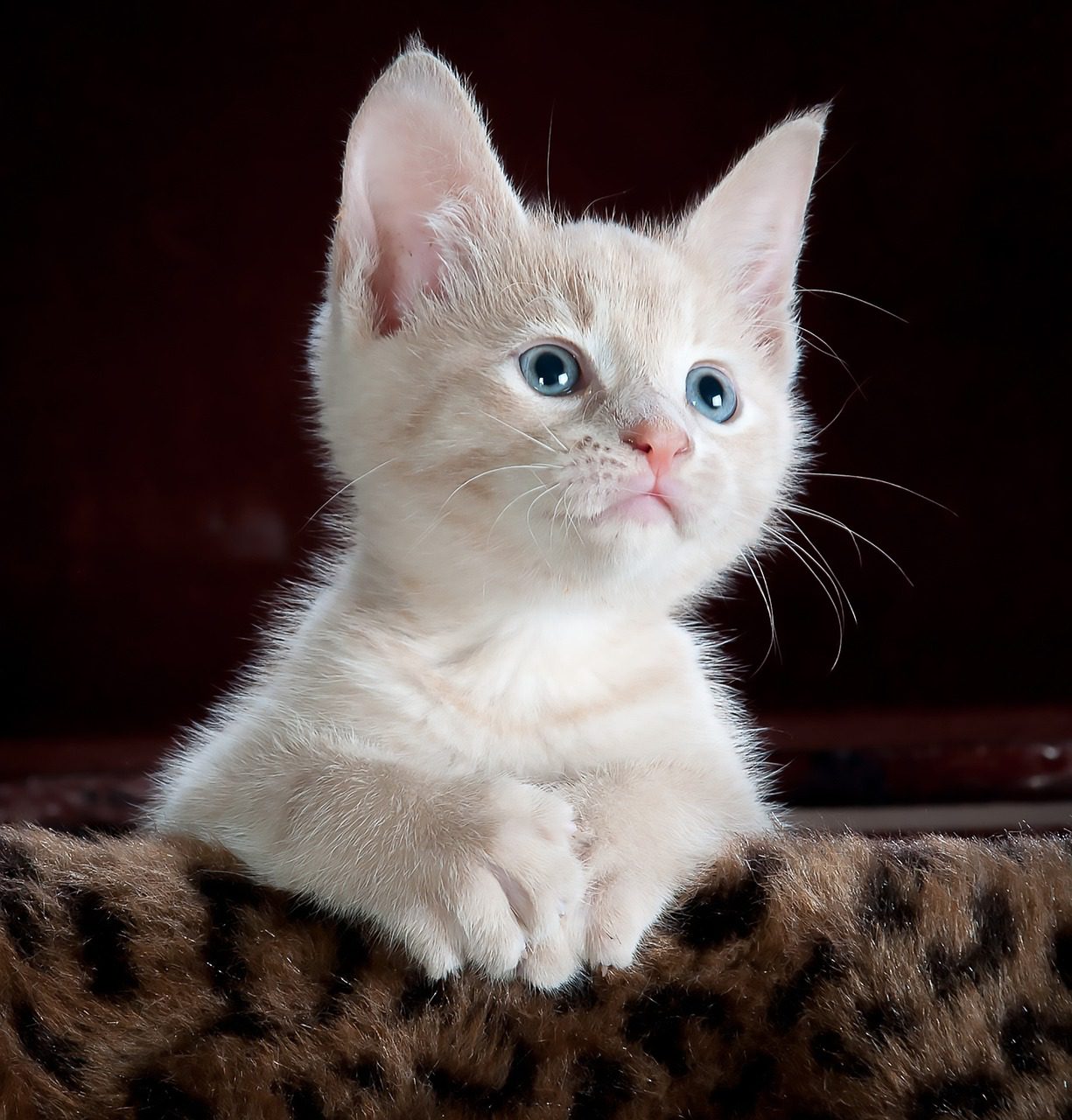
A[Kittenhood] — High-Quality Diet –> B(Young Adult)
B — Regular Veterinary Check-ups –> C(Adult)
C — Tailored Nutrition –> D(Mature Adult)
D — Special Attention and Care –> E(Senior)
“`
Originally posted 2023-07-08 17:21:10.

